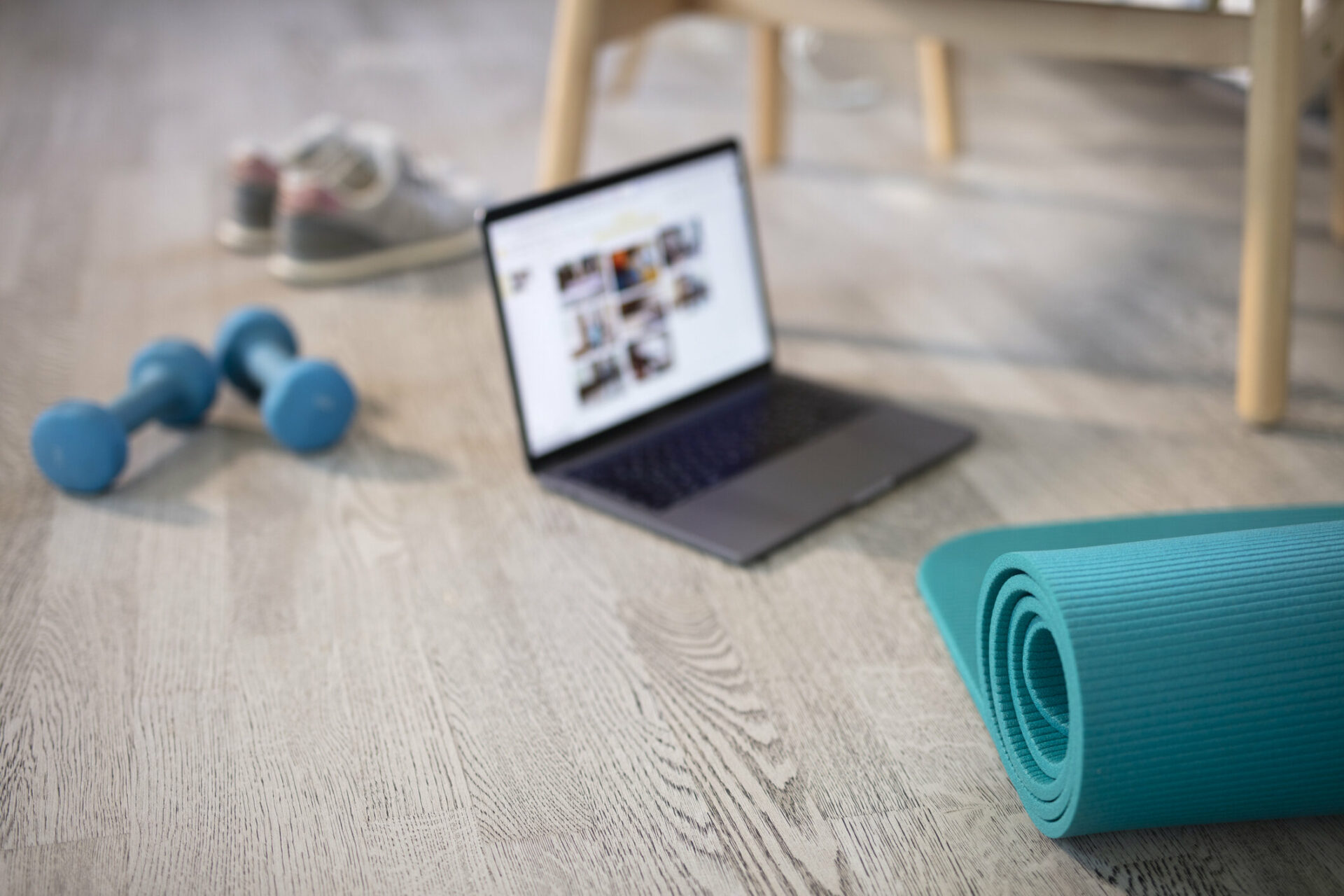
How to Reach the Fitness Audience in 2021
Digital Marketing
Jan 05
January is prime New Year’s resolution season, which means it’s a big month for fitness brands, supplement suppliers and local gyms. With pandemic safety measures still limiting gym access for many, 2021 will likely be a particularly important year for the at-home fitness trend. Here’s what you need to know before creating and executing the perfect fitness campaign.
How the Fitness Market has Changed
This year’s global events threw a curveball at a fitness industry previously poised to clear the $100bn mark by 2021. Covid-19’s impact was substantial, with an estimated 64% of gyms closed and 230 million members worldwide unable to attend due to safety precautions. That’s the bad news — the better news is nearly 90% of consumers polled in the UK reported intentions to “spend the same or more” on being active after lockdown.
All this points to a strong potential rebound for fitness brands, as New Year’s resolutions and new customers tired of being cooped-up indoors look for safe new ways to lead a more active lifestyle.
Other positive trends include growing interest in regular exercise among the millennial demographic compared to their parents. Technology-driven trends among this large have tapped into new ways to encourage goal-oriented exercising, whether it’s a wearable device connected to the internet for sharing workout data or on-demand fitness services providing access to remote personal training.
Interest in fitness hasn’t dissolved just because of a pandemic. Instead, the industry has experienced an increased demand for safe, affordable ways to stay active from home and excitement at the prospect of soon returning to working out amongst their peers sometime in 2021.
Best Platforms to Reach the Fitness Audience
Fitness instructors, influencers, body builders, physical therapists and all other manner of creators in the fitness vertical have found a home in front of YouTube’s 1 billion users. YouTube ads are an effective starting place for fitness marketers, where exercises can be demonstrated and instructors can best showcase personality and expertise through several minutes of engaging video.
The usual suspects are useful too, of course. Facebook and Google allow extremely detailed audience building — maybe you’re interested in launching campaigns targeting workout clothing shoppers, or users who want to know if the McRib is still available this month. No matter the segment of the population you think fits your brand’s customer profile best, you can find it on the biggest names in social and search.
On top of its massive audience, Facebook also provides your brand’s fitness community a convenient place to connect. Communicating special hours, contests, new classes, or even cultivating more of a bond between local users is easy through a page or group.
All things considered, there is perhaps no better home for your fitness ads than Instagram. The photo-sharing app is the go-to hub for quick-and-easy exercise routines, nutrition advice, and sometimes simple posts built to motivate users as they browse images between each set of squats. Even organic posts on Instagram can engage with your followers in a unique way — everyone loves a good progress pic, and captioning your photos with relevant fitness hashtags can easily plug your brand into a huge network of related posts.
Positioning Your Brand as a Motivator for New Users
The fitness journey never begins easily. Too often, users feel discouraged shortly after setting lofty goals when their recent activity appears to lack results. This is where your brand steps in — not only with retargeted ads and special offers to keep customers interested (though there’s certainly a time and place for those). Your brand can also be the motivator, appearing on user feeds in early February with praise and encouragement to stick with it.
It’s important to remember fitness ads can sometimes risk having a demotivating effect when featuring nothing but models and professional athletes exercising in luxurious spaces — use every opportunity to highlight the work your users are putting in by sharing posts and engaging with followers on a human level. Create a relationship with your brand’s fitness audience by removing the intimidation factor, replacing it instead with a healthy, positive presence across their social channels.
As those New Year’s resolutions begin to wane in the springtime, the best thing your brand can do is be an example of body-positivity and motivation in the fitness space. Accomplish that, and you’ll accompany your loyal customers on their fitness journey for years to come.





